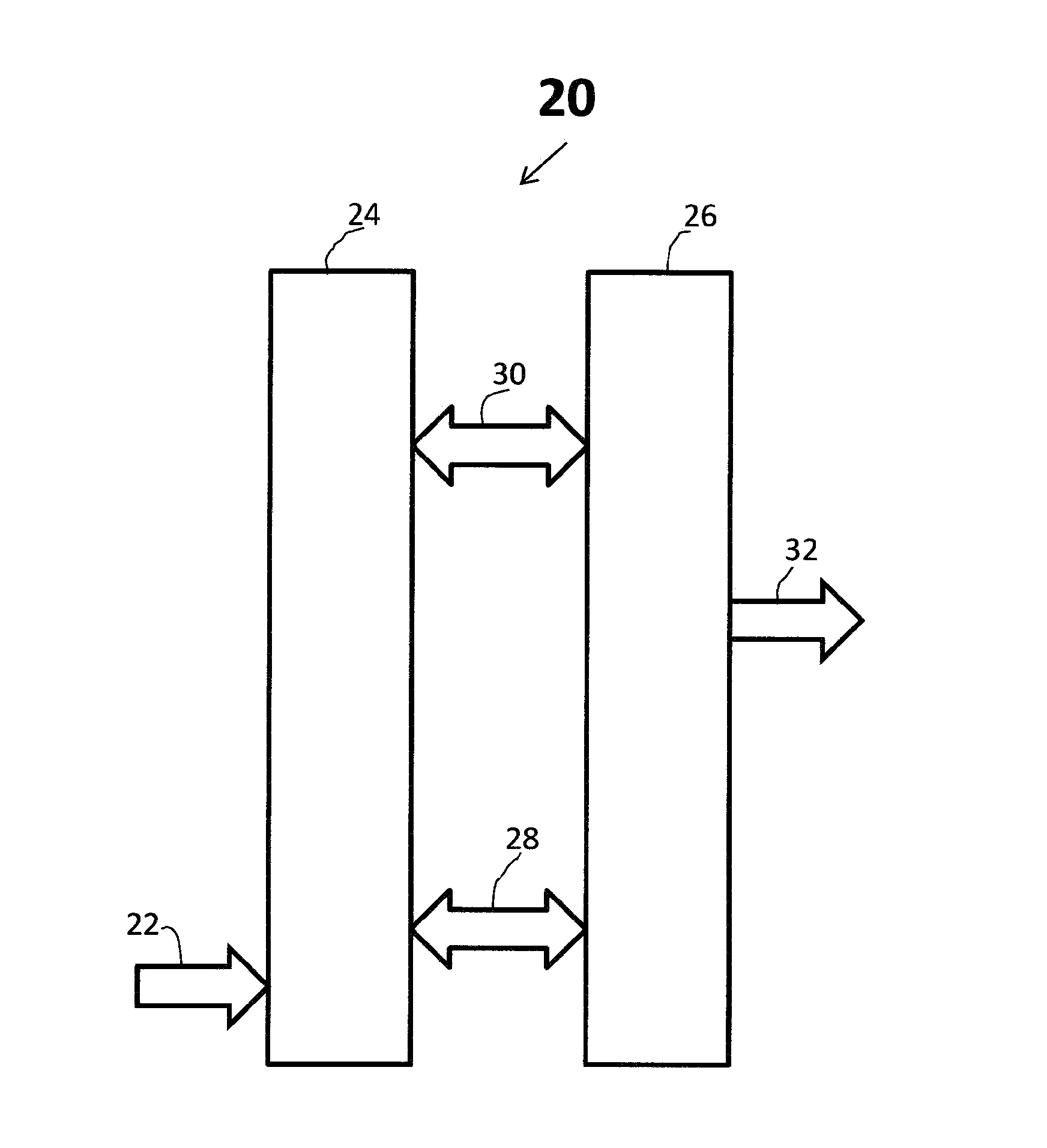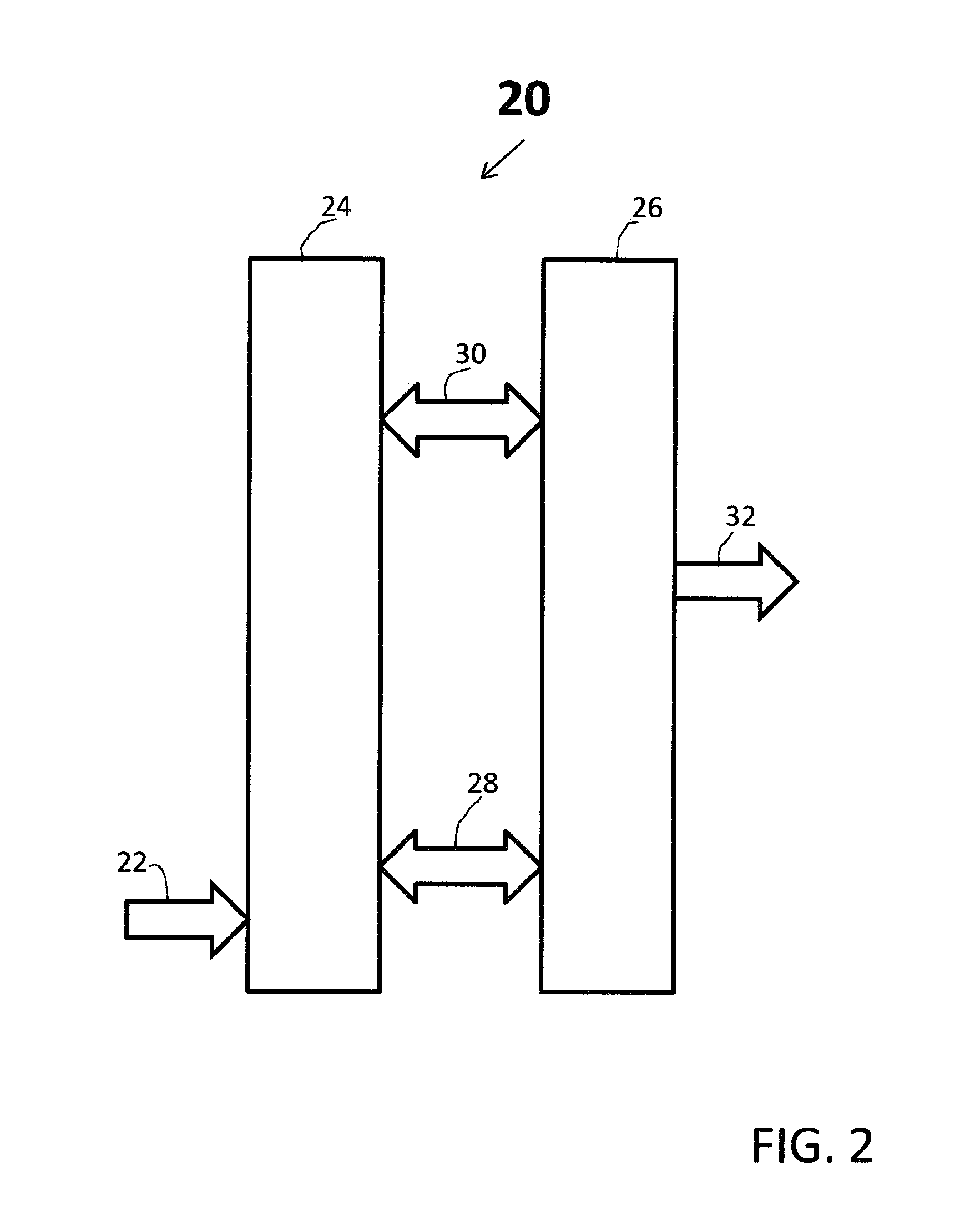Internal and External Donor Compounds for Olefin Polymerization Catalysts III
a technology of olefin polymerization and donor compounds, which is applied in the direction of catalyst activation/preparation, physical/chemical process catalysts, chemical/physical processes, etc., can solve the problem of large catalytic residues in the polymer
- Summary
- Abstract
- Description
- Claims
- Application Information
AI Technical Summary
Benefits of technology
Problems solved by technology
Method used
Image
Examples
example 1
[0110]Into a 250 ml Buchi reactor under N2 added a mixture of 3.3 g MgCl2, 0.8 g phthalic anhydride, 50.92 g toluene, 6.41 g epichlorohydrin, and 6.70 g tributylphosphate. The mixture was heated for two hours while agitating at 400 rpm and 60° C. The reaction mixture was cooled to −30° C. and 37.75 ml of TiCl4 was added slowly while maintaining the reactor temperature below −26° C. After the addition the agitation rate was reduced to 200 rpm and the temperature was ramped from −26° C. to 0° C. in one hour then from 0° C. to 85° C. in one hour.
[0111]The mixture was held at 85° C. for 30 minutes then 0.41 g of naphthalene-1,8-diyl dicyclohexane-carboxylate was added (mother liquor addition). The mixture was stirred at 85° C. for one hour then filtered. The solids were re-suspended in 38 ml of toluene and 0.15 g of naphthalene-1,8-diyl dicyclohexane-carboxylate was added to the reactor (toluene addition). The mixture was agitated for one hour at 85° C. and 200 rpm. After filtration and...
example 2
[0116]The catalyst was synthesized under the same conditions as Example 1 except 0.82 g of naphthalene-1,8-diyl dicyclohexane-carboxylate was added into the mother liquor addition stage and 0.30 g of naphthalene-1,8-diyl dicyclohexane-carboxylate was added into the toluene addition stage and the 2nd activation was repeated two more times. Propylene polymerization was performed under the same conditions as Example 1.
[0117]Yield: 294 g polypropylene. Catalyst activity: 29.4 kg / g. Xylene soluble: 5.82%.
[0118]MFR: 1.0 dg / min. PI: 11.0.
example 3
[0119]The catalyst was synthesized under the same conditions as Example 2 except 1.02 g of naphthalene-1,8-diyl dicyclohexane-carboxylate was added into the mother liquor addition stage and 0.30 g of naphthalene-1,8-diyl dicyclohexane-carboxylate was added into the toluene addition state. Propylene polymerization was performed under the same conditions as Example 1.
[0120]Yield: 326 g polypropylene. Catalyst activity: 32.6 kg / g. Xylene soluble: 5.65%.
[0121]MFR: 0.7 dg / min. PI: 9.6
PUM
| Property | Measurement | Unit |
|---|---|---|
| Specific surface area | aaaaa | aaaaa |
| Lattice constant | aaaaa | aaaaa |
| Surface area | aaaaa | aaaaa |
Abstract
Description
Claims
Application Information
 Login to View More
Login to View More - R&D
- Intellectual Property
- Life Sciences
- Materials
- Tech Scout
- Unparalleled Data Quality
- Higher Quality Content
- 60% Fewer Hallucinations
Browse by: Latest US Patents, China's latest patents, Technical Efficacy Thesaurus, Application Domain, Technology Topic, Popular Technical Reports.
© 2025 PatSnap. All rights reserved.Legal|Privacy policy|Modern Slavery Act Transparency Statement|Sitemap|About US| Contact US: help@patsnap.com



